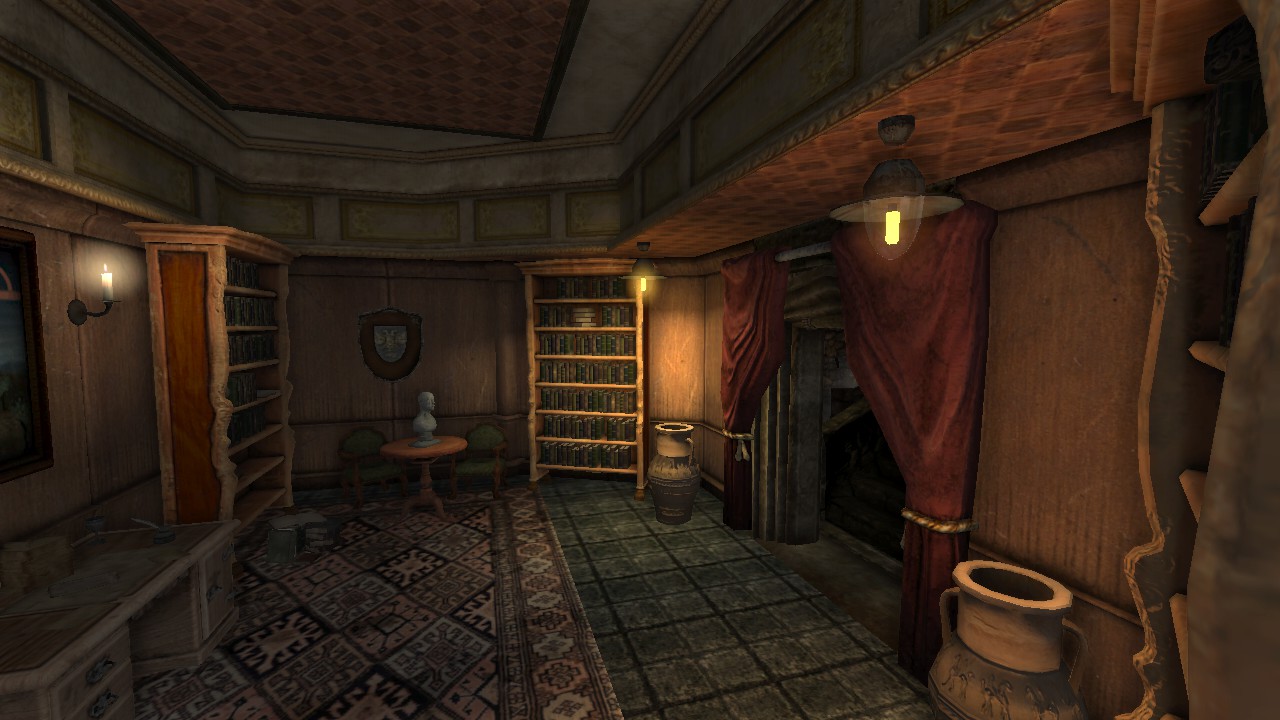


Knowing a monster lurks within a few feet of pitch-black darkness while you stare at a wall corner, crouched, silently begging for it not to see you, is a moment that still holds up and always will. You don't just hide from monsters, you have to actually look away from them or else you literally lose your mind, which has gameplay consequences in the form of unwieldy controls. This atmosphere is supplemented with often terrifying chase sequences and puzzles that are meant to disorient you in a way only horror games can do. Haunting music and ambient sounds that deliberately confuse players into wondering if they need to run, tread carefully, or hide, all go a long way to keeping this collection aging well despite it being a mere port and not a remaster.
#AMNESIA MACHINE ROOM PRESSURE SERIES#
The castle players explore in The Dark Descent is certainly the most atmospheric, but throughout the series the sound design is marvelously unsettling. I vouch often for horror games to be played with the lights off and headphones on - Amnesia stands as a testament to how crucial that setup really is.

They have other things in common too, namely brilliant sound design and atmosphere. Designed as defenseless first-person horror games, Amnesia didn't invent the format, but it did popularize it and pave the way for other horror games to follow suit for years to come. Still, each game is at least still good, and in the case of the original, The Dark Descent, exceptional.Įach game plays similarly to the others and, nowadays, horror fans will likely find a lot of their style familiar. Each one tells its own story and you need not play them in any specific order, although it's worth knowing that playing them as they originally released makes for a downward slide in overall quality. Amnesia: Collection could loosely be called a trilogy, but only because it offers three parts.


 0 kommentar(er)
0 kommentar(er)
